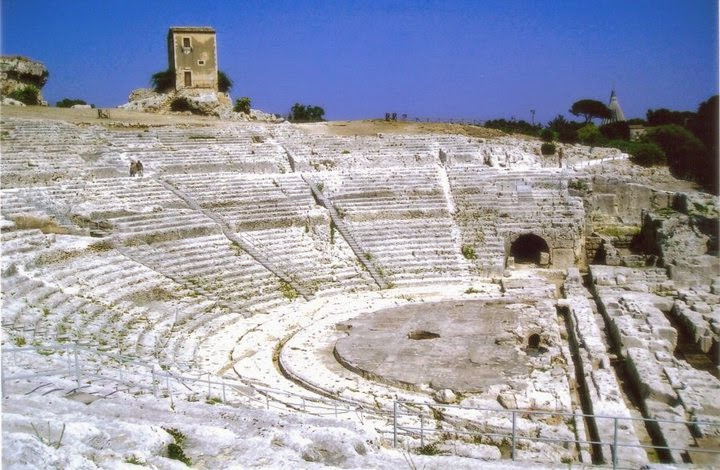Easter Doves

Cuddura cu l'ova In Sicily Pasqua (Easter) is the most important Church holiday of the year. After magnificent mournful processions held on Good Friday, Easter Eve is marked by the beginning of feasts. Natale con i tuoi, Pasqua con chi vuoi! ('Christmas with your family, Easter with anyone you like!') is an Italian saying and thus Easter is abundantly celebrated. There is no tradition of an Easter Bunny hiding chocolate eggs in Sicily. But there are eggs which are an important part of Easter cakes. The true symbol of Easter is the dove, which adorns the bakeries from one end of Italy to the other. These doves are made of fine yeast dough with almonds and candied peel. To learn about the Easter tradition of the Cuddura cu l'ova and to try the recipe, read this link from Sicilian Simplicity www.siciliansimplicity.blogspot.co.uk/2008/03/tradition-of-cuddura-cu-lova The Colomba Pasquale (Easter Dove) has its origins in the Italian region of Lombardy. The dre


